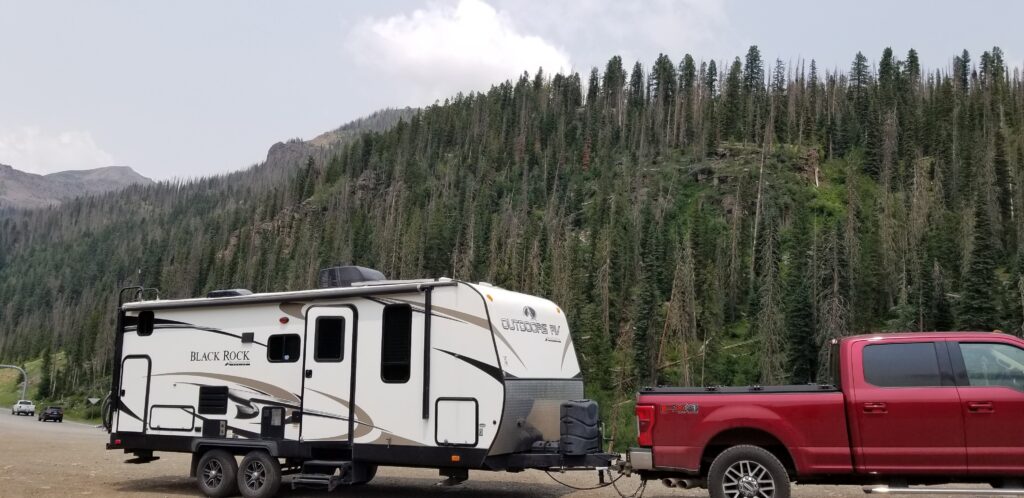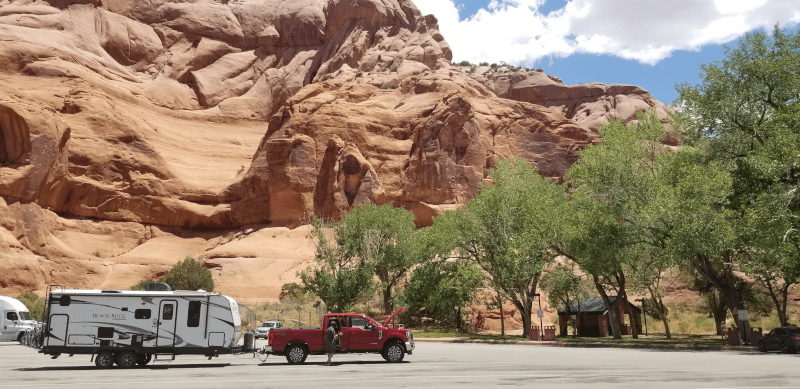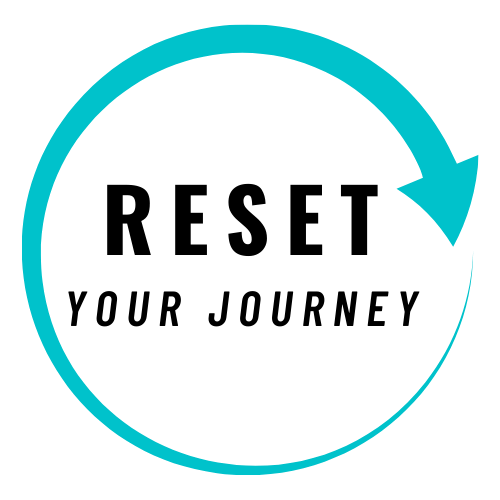Last Updated on 11/20/2023 by Glynn Willard
If you’re planning a cross country or long road trip in an RV, here are some very helpful tips. They have evolved throughout our travels.
- Begin searching for fuel at half tank.
- Patron smaller fuel stations instead of truck stops to save money.
- Redundancy in GPS systems.
- Use Boondockers Welcome and Harvest Hosts.
- Check the weather along your route.
- Check your departure time against arrival time on beltways/busy highways.
- Prepare your meals (lunch, etc.) the night before to save time.
- Take your time and give yourself more time than you think you need.
- Safety check your vehicles daily.
- Begin Searching For Fuel At Half Tank
- Patron Smaller Fuel Stations Instead Of Truck Stop To Save Money
- Redundancy In GPS Systems
- Use Boondockers Welcome And Harvest Hosts
- Check The Weather Along Your Route
- Check Your Departure Time Against Arrival Time On Beltways & Busy Highways
- Prepare Your Meals (Lunch, etc) The Night Before To Save Time
- Take Your Time And Give Yourself More Time Than You Think You Need
- Safety Check Your Vehicles Daily
It’s really helpful to begin searching for fuel once you hit half tank. Why? Because when dealing with large vehicles, convenience is just as important as cost.
Passing up the perfect fuel station with easy access, only to find no convenient stations for a long time is not fun. And a change in weight never seems to alter my fuel economy.
So, running the tank dry to minimize weight is negligible vs finding fuel that’s convenient.
I’ve waited too long on occasion and have been forced to shoehorn my way into a tight station. A station that required blocking people and being guided out. Again, not fun!
That was totally preventable!
A lot of times, if we just drove a half mile off the interstate further, we found easily accessible fuel stations for less money. The price difference can be significant.
Keep this in mind when looking for fuel.
In fact, if you use Gas Buddy, your co-pilot can search options as you approach the half tank point.
We’re guilty of finding a few stations ahead, checking the satellite view and picking one that is “easy” as a destination. This typically applies to interstate driving.
I have a hard time finding value in the fleet based fuel cards on the market. The savings is generally equal to the savings of using a smaller fuel station, without the complication.

There’s a lot to be said for redundancy in anything! And Ford has often sent us on some whacky routes! The “Maze of Doom” was fun!
As a habit, I’ll look at the trucks GPS and then have Rose check her phone against the directions. If there’s a discrepancy, she reviews the directions.
That way, we can make a wise decision as to which directions to follow. It also allows her to review any questionable back roads to make sure we’ll fit.
Regardless of how you approach the subject, more than one GPS units running can be really helpful.
So far, we’ve only participated in Boondockers Welcome. But, we’ve used it A LOT! As far as I’m concerned, it’s a brilliant service!
Harvest Host’s likely offers more commercial based options. But, still helpful. I can’t give an opinion.
We’ve experimented with only booking Boondockers Welcome two days in advance to give us flexibility. And, for the most part, it’s worked great.
That said, if you really need a specific location, book as far in advance as possible. We’ve lost locations from waiting too long.
Please do yourself a favor and read all of the host’s rules and directions to prevent confusion. And to save them and yourself any frustration. Common courtesy anyway.
If there are storms along your route, it’s best to wait it out. Bad things happen with big vehicles in high winds.
We like to use the Windy app to check the current winds along our route. If gusts are over 40mph, it’s a no go. It’s easy for us to travel on a different day since we boondock.
It also allows you to dress for the weather. For example, if it’s going to be raining at your destination, you can be prepared with rain jackets ready to go.
We’ve learned over time, bad weather is something you don’t mess with while staying in an RV. Be prepared.
It’s easy to find yourself in a vacation mode after awhile and never look at your watch. This is not a bad thing in my book. But timing can be important on moving days.
If you can prevent arriving to a busy beltway or highway during rush hour, why not?
Sitting in traffic in a really big vehicle is even less fun! Especially when people like to pull in front of you and stop quickly.
Avoiding traffic is not preventable, but you can arrange your timing on “known busy roads” to at least minimize the delay.
Preparing your “road food” for the next day is helpful if you’re in a hurry to leave the next morning. The less you have to prepare on moving day, the better.
Minimizing your stress is crucial to help things move smoothly.
Just preparing the food an leaving it in the refrigerator, so that it’s easy to grab during a stop is helpful.
And the less clean up, the better!

Not everyone is full time in an RV and needs to budget their time wisely. But, make it a point to budget additional time on moving days.
Delays, wrong turns, traffic, fuel stops, bathroom breaks all contribute to slow movement. And most importantly, you’re driving a heavy vehicle.
Our average speed on all of our moving days is 50 mph. Regardless of how fast we drive (we typically don’t drive fast), it’s still 50 mph.
My rule of thumb, is if the GPS states 4 hours, I mentally process that as 5.5 hours.
It really eases any anxiety and reminds me to take my time to prevent accidents.

This might just be one of the most important tips. And you hear it all the time. But, I’m going to keep saying it… SAFETY CHECK YOUR RIG!
I check my tire PSI every other driving day (first thing in the morning).
Since my TPMS doesn’t relay temperature, I touch each break drum every time we stop. If one is really hot and we haven’t been braking heavily, it will forecast a potential bearing issue.
When I arrive at my destination, I tighten my lug nuts and weight distribution system.
Before we pull away, I “eyeball” the wheels, axles, stabilizers and all hitch connections.
Rose usually checks everything in the rig to make sure it’s buttoned up tight.
This is a great way to prevent accidents. And it also good to keep you in tune with your vehicles.
As I’m driving, I frequently check the tire pressure monitoring system. I also check the mirrors A LOT for anything out of the ordinary on the trailer.
Final Thoughts on RV Road Trip Tips
No doubt, there are an infinite number of tips that can be applied to road trips.
But the above are tips that seem to rise to the top every time we move.
My suggestion is to look at tips from other full time families, combine them with the above and keep them all in mind when traveling.
Do you have any road trip travel tips to add?
Happy and safe travels!
Meet the author.
We appreciate any help we can get to bring you great content. Donate or buy us a coffee on our Ko-Fi site.

